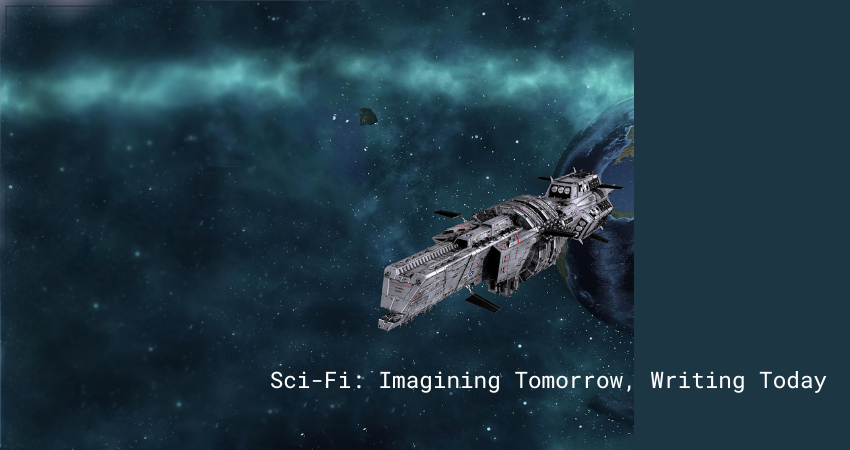
Science fiction, commonly known as sci-fi, is one of the most fascinating and complex genres to write. It requires a perfect blend of imagination, scientific knowledge, and storytelling skills. To craft a compelling sci-fi story that captivates readers, consider the following tips and tricks:
Table of Contents
Toggle1. Choose Your Scientific Focus Wisely
Start by identifying the specific branch of science you want to explore. Will your story revolve around physics, chemistry, space exploration, or biology? Keep in mind that disciplines like botany, anatomy, and zoology fall under the umbrella of biology. Selecting a field that interests you or one you are familiar with will make the writing process smoother and more engaging.
2. Develop a Unique Plot
Avoid overused and predictable storylines. Sci-fi thrives on innovation and fresh ideas. Think outside the box and brainstorm unique concepts that push the boundaries of reality while staying grounded in scientific plausibility. Challenge yourself to bring a new perspective to the genre.
3. Familiarity Breeds Creativity
Once you’ve chosen your scientific theme, focus on topics you know well. A strong foundation will enable you to weave intricate details into your narrative seamlessly, making your world-building more authentic and believable.
4. Outline the Skeleton of Your Story
Before diving into writing, sketch out a rough structure of your story. Define the key elements such as the protagonist, conflict, setting, and climax. This skeletal framework will guide your storytelling and prevent you from straying off course.
5. Review and Refine Regularly
Periodically revisit the foundation of your story to ensure consistency and coherence. This practice helps in maintaining the logical flow of events and prevents narrative drift.
6. Add Sci-Fi Elements for Intrigue
A sci-fi story without compelling elements can feel bland. Introduce exciting scientific concepts, futuristic technology, or ethical dilemmas to create suspense and thrill. Think of Interstellar, which masterfully balanced emotional depth with complex scientific theories such as Einstein’s Twin Paradox.
7. Draw Inspiration from the Masters
Read and analyze works by renowned sci-fi authors such as Isaac Asimov and Arthur C. Clarke. Watching acclaimed movies like Interstellar or Blade Runner can also offer valuable insights into storytelling techniques and world-building.
8. Seek Feedback and Edit Thoroughly
Writing is rewriting. Once your first draft is complete, step back and seek feedback from trusted friends or beta readers. Constructive criticism can highlight areas for improvement, and if necessary, consider professional editing to polish your final piece.
9. Accuracy Matters, but Imagination Rules
If you’re unsure about scientific accuracy, don’t let it hold you back. While scientific accuracy can add credibility, creativity and storytelling take precedence. You can always skip the more technical aspects if they seem daunting and focus on crafting a compelling narrative instead.
10. Embrace Real Scientific Concepts
Rather than fabricating every aspect of your story, incorporate real scientific theories or discoveries. Grounding your story in reality adds depth and makes it more relatable to readers.
11. Infuse Emotional Depth
Great sci-fi isn’t just about futuristic gadgets and alien worlds—it’s about the human experience. Develop your characters with rich backstories and emotional arcs to create a deeper connection with your audience.
Final Thoughts
Writing sci-fi is an exciting journey that combines science, imagination, and storytelling. Experiment with ideas, challenge conventions, and most importantly, have fun bringing your futuristic visions to life.
Happy writing!
Devina Uppal
